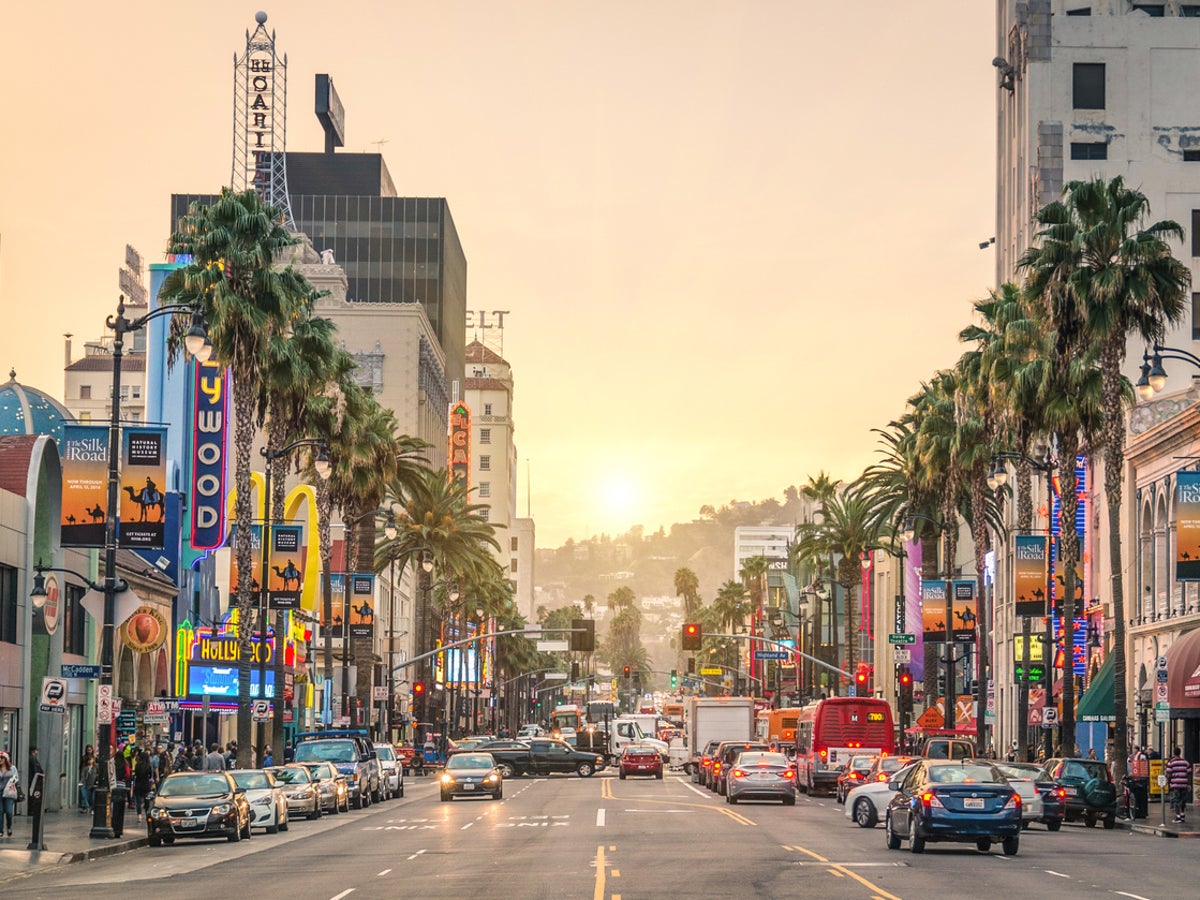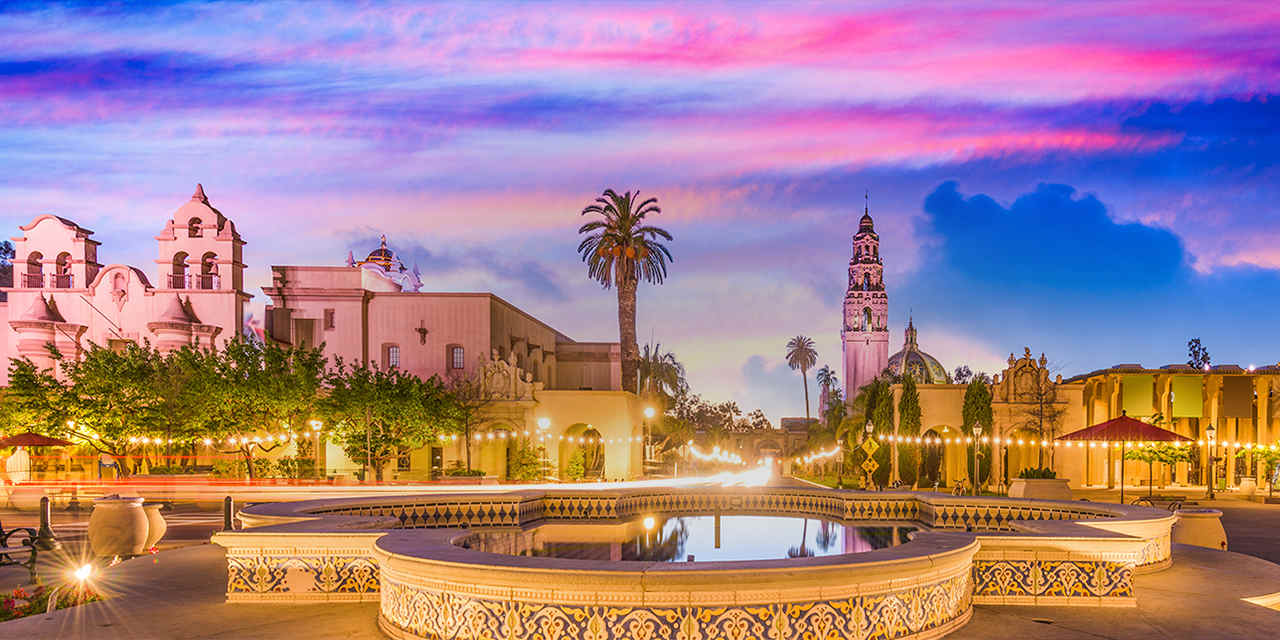Introduction:
As the clocks spring forward and fall back, daylight saving time (DST) continues to be a topic of debate and adjustment. In 2023, California, like many regions worldwide, underwent this biannual time shift. Understanding the implications, benefits, and frequently asked questions (FAQs) surrounding daylight savings in California is crucial for residents and visitors alike.
Understanding Daylight Saving Time:
Daylight saving time refers to the practice of adjusting clocks forward by one hour during the warmer months to extend evening daylight and backward by one hour during colder months to conserve energy and promote better use of daylight. This shift affects various aspects of daily life, from sleep patterns to outdoor activities and even economic activities.
Daylight Savings 2023 in California:
In 2023, California observed daylight saving time changes according to the schedule set by the federal government. On March 12th, clocks were set forward by one hour, marking the beginning of daylight saving time. This adjustment resulted in longer evenings and shorter mornings. Then, on November 5th, clocks were turned back by one hour, returning to standard time. These changes impacted the timing of sunrise and sunset, influencing daily routines and outdoor activities across the state.

Impact on California Residents:
Daylight saving time affects Californians in various ways. While longer evenings during DST may encourage outdoor recreation and social activities, the shift can disrupt sleep patterns and productivity, particularly during the initial adjustment period. Additionally, businesses may need to adapt operating hours to accommodate the time change, affecting schedules and customer interactions.
FAQs About Daylight Savings in California:
Q1: Why do we observe daylight saving time?
A1: Daylight saving time aims to make better use of daylight and conserve energy by adjusting clock hours to match natural light patterns, particularly during seasons with longer daylight hours.
Q2: Do all states in the US observe daylight saving time?
A2: No, not all states observe daylight saving time. While most states follow the practice, some, like Arizona and Hawaii, do not participate.
Q3: Is daylight saving time permanent?
A3: Daylight saving time is not permanent. Clocks are adjusted twice a year to transition between standard time and daylight saving time, following established schedules set by respective governments.
Q4: How does daylight saving time affect sleep patterns?
A4: The time shift during daylight saving time can disrupt sleep patterns, leading to fatigue and sleep deprivation, especially during the adjustment period following the time change.
Conclusion:
Navigating daylight saving time in California involves understanding its purpose, impact, and frequently asked questions. While the time shift can influence various aspects of daily life, awareness and preparation can help individuals adapt smoothly to the changes. As California continues to observe daylight saving time in the coming years, staying informed and proactive will be key to optimizing the transition and maximizing the benefits of longer daylight hours.




